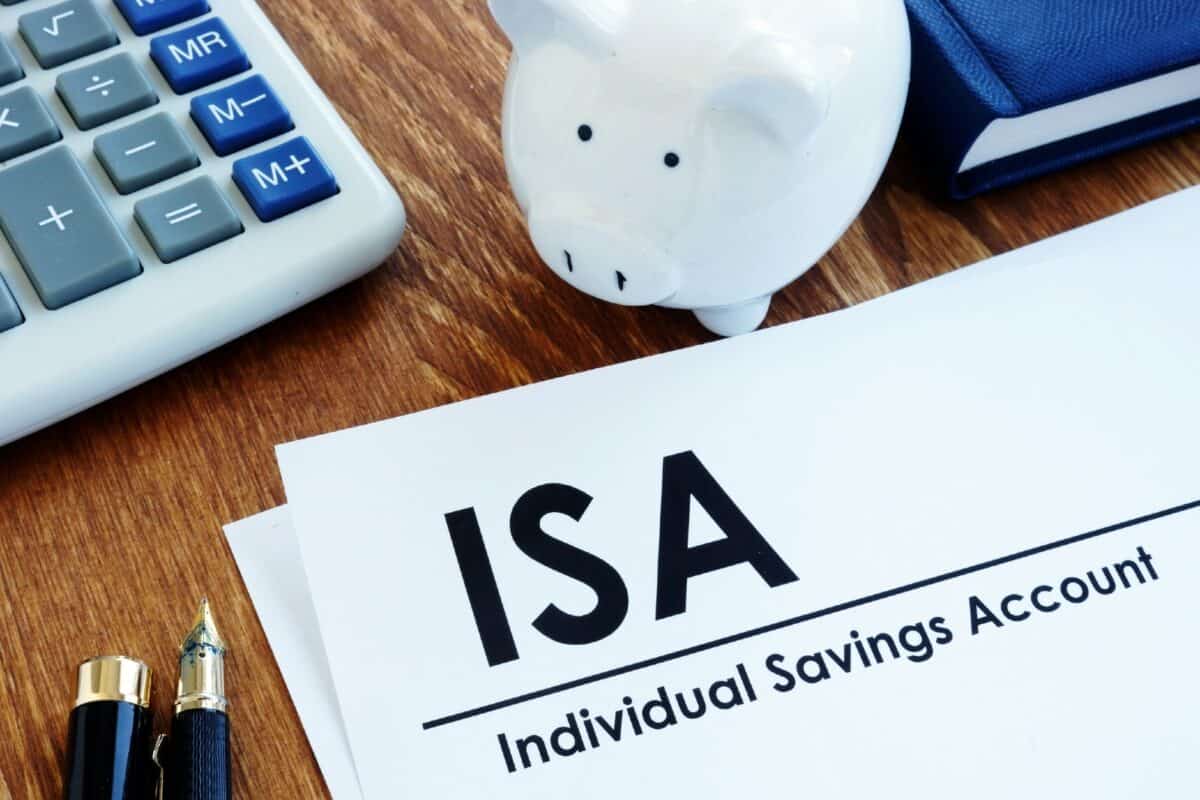My favourite way to use the £20,000 ISA allowance is to invest in a spread of UK stocks that will pay me a high and rising passive income.
London’s FTSE 100 index is home to some of the most generous dividend payers in the world. The average yield is 3.7%, but I can get double or even triple that, by targeting individual companies.
I’d start by opening a Stocks and Shares ISA account with a reputable broker. Then I’d work out how much I could afford to pay in. Most people can’t afford to max out their ISA allowance every year, and sadly, I’m one of them.
FTSE 100 dividend stocks
Let’s say I started with no savings and invested £300 a month. After a year, I’d have put away £3,600 a month. That’s a pretty tidy start.
Now let’s say I increased my contribution by 5%, year after year. After 30 years, I’d have paid in £394,534.
Then let’s say my portfolio grew at 7% a year, which is the average long-term return on the FTSE 100. After 30 years, I’d have £633,714. That’s a pretty staggering sum. And as it’s inside an ISA, I wouldn’t have to hand a penny of it to HMRC. I’d keep 100% of the money.
Please note that tax treatment depends on the individual circumstances of each client and may be subject to change in future. The content in this article is provided for information purposes only. It is not intended to be, neither does it constitute, any form of tax advice. Readers are responsible for carrying out their own due diligence and for obtaining professional advice before making any investment decisions.
I wouldn’t put all my money into one stock, but invest in a spread of FTSE 100 companies. In time, I’d aim to hold 15 to 20 different shares.
I’m tempted by oil and gas giant BP (LSE: BP). It’s been a FTSE 100 stalwart for as long as I can remember but no company has everything its own way. The BP share price tends to rise and fall with the oil price. As with all cyclical stocks, I prefer to buy when they’re down rather than up.
High growth and yield
That’s handy, because BP shares have fallen 5.36% in the last three months, and are up just 1.58% over the year.
They could fall further, of course. The world is trying to wean itself off oil. While BP is investing more in renewables, it’s a long way from giving up on fossil fuels. Searching for oil is hazardous, and accidents can happen, as BP knows better than most.
Yet the shares look cheap trading at just 6.7 times earnings. They’re forecast to yield 5.16% in 2024, covered 2.3 times by earnings. Markets expect the yield to hit 5.47% in 2025. Although, dividends are never guaranteed.
By investing in a spread of high yielders like this, I think I could generate an average long-term yield of 6% a year, and possibly more.
At that rate, my £633,714 portfolio would pay me a second income of £38,023 a year. That’s without drawing any capital. My calculations are theoretical but point to an important underlying truth. Investing in a Stocks and Shares ISA is a brilliant way of building capital and passive income over the longer term. Entirely free of tax.








